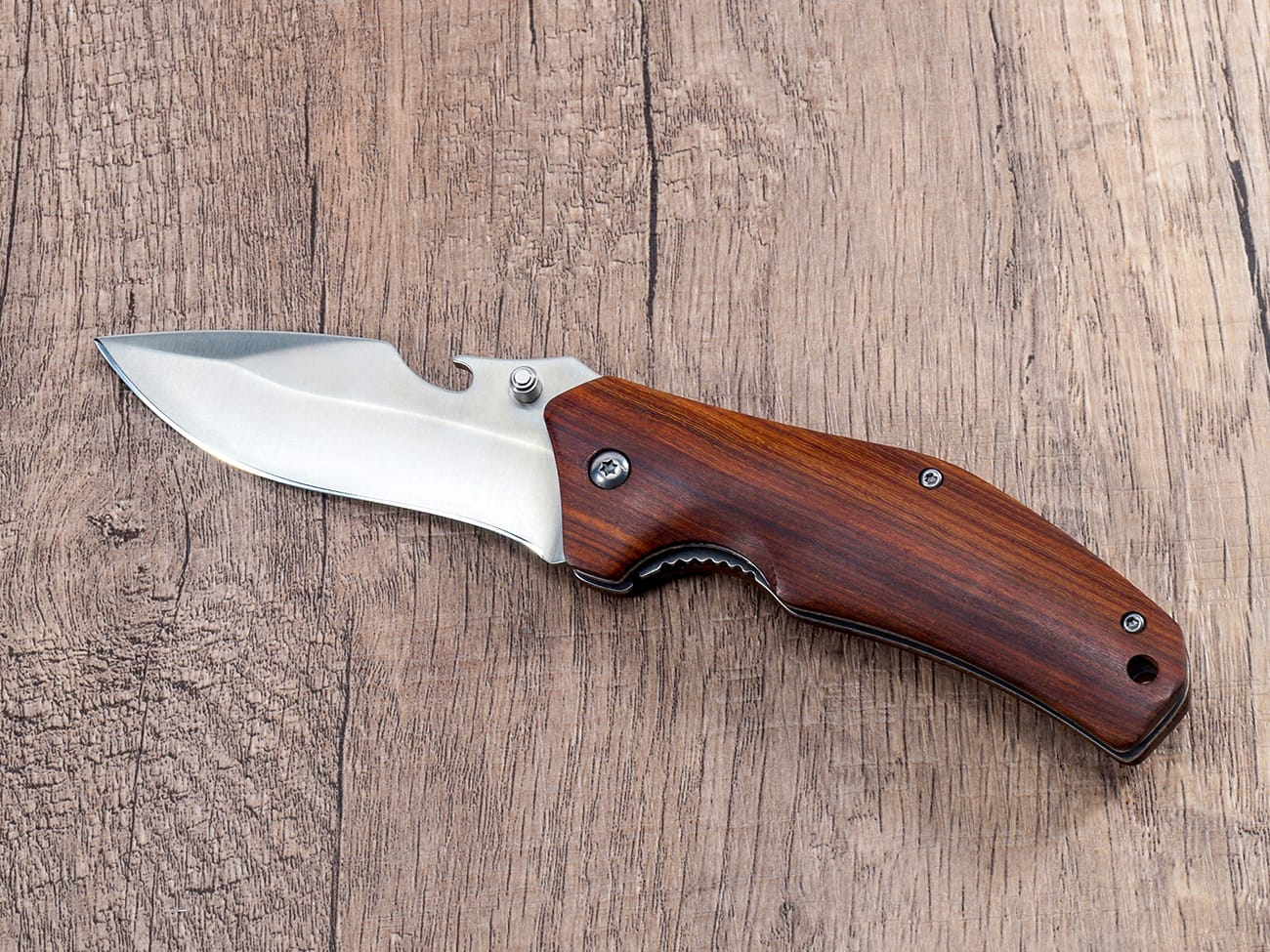A sharp, well-maintained pocket knife is not just a tool – it’s your reliable companion for everyday tasks. Whether you’re a custom pocket knife enthusiast or just starting with your first folding knife, knowing how to properly clean and sharpen your blade is essential for both safety and performance. This comprehensive guide will walk you through every step of maintaining your pocket knife in prime condition.
Why Does Your Pocket Knife Need Regular Maintenance?
Every knife, regardless of quality, requires regular cleaning and sharpening. A well-maintained knife is safer to use, performs better, and lasts longer. When your knife regularly gets proper care, you’ll notice improved cutting performance and reduced risk of rust or damage.
What Tools Do You Need to Clean Your Pocket Knife?
Before starting the cleaning process, gather these essential items:
- Warm water
- Mild soap or lubricant
- Clean cloth
- Mineral oil
- Cotton swabs
- Soft-bristled brush
How Often Should You Clean Your Pocket Knife?
The frequency of cleaning depends on usage, but generally:
- Light users: Monthly cleaning
- Heavy users: Weekly cleaning
- After exposure to corrosive materials: Immediate cleaning
- When switching between different materials: Between uses

What’s the Best Way to Clean a Pocket Knife?
Start by disassembling your folding knife if possible. Follow these steps:
- Run the knife under warm water
- Apply mild soap or specialized knife cleaner
- Use a soft brush to remove debris
- Pay special attention to pivot points
- Dry thoroughly with a clean cloth
- Apply mineral oil to prevent rust
Which Sharpening Tools Should You Use?
Different sharpening tools serve different purposes:
- Whetstones: Traditional and versatile
- Ceramic sharpeners: Good for maintenance
- Diamond stones: Excellent for damaged blades
- Strops: Perfect for finishing touches
What’s the Correct Angle for Sharpening?
Most EDC knives require a 20-degree angle per side. However, this can vary based on:
- Blade material
- Intended use
- Original edge geometry
- Manufacturer specifications
How to Test Your Knife’s Sharpness?
Several methods exist to test sharpness:
- Paper test (slicing through paper)
- Tomato test (clean cuts without pressure)
- Arm hair test (carefully!)
- Professional sharpness testers
What Are Common Sharpening Mistakes to Avoid?
Watch out for these common errors:
- Inconsistent angle
- Too much pressure
- Wrong grit progression
- Overheating the blade
- Neglecting to strop
When Should You Seek Professional Sharpening?
Consider professional services when:
- The blade has serious damage
- You’re unsure of proper technique
- The knife has special coating
- It’s a valuable collector’s piece
Tips for Long-Term Knife Maintenance
- Store your knife properly
- Use appropriate cutting surfaces
- Clean after each use
- Apply oil regularly
- Check for loose screws
- Maintain consistent sharpening schedule
Key Points to Remember:
- Always clean your knife before sharpening
- Maintain a consistent angle while sharpening
- Use appropriate grit progression
- Test sharpness carefully
- Store your knife in a dry place
- Regular maintenance prevents major issues
- Safety first – always be careful when handling sharp blades
Remember, a well-maintained pocket knife is a reliable tool that can last for generations. By following these guidelines and using proper techniques, you’ll ensure your knife stays in excellent condition for years to come.




